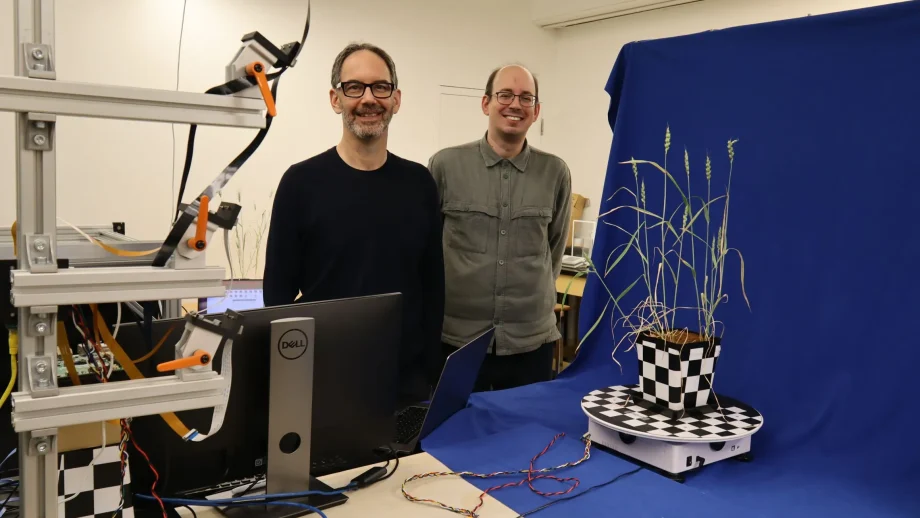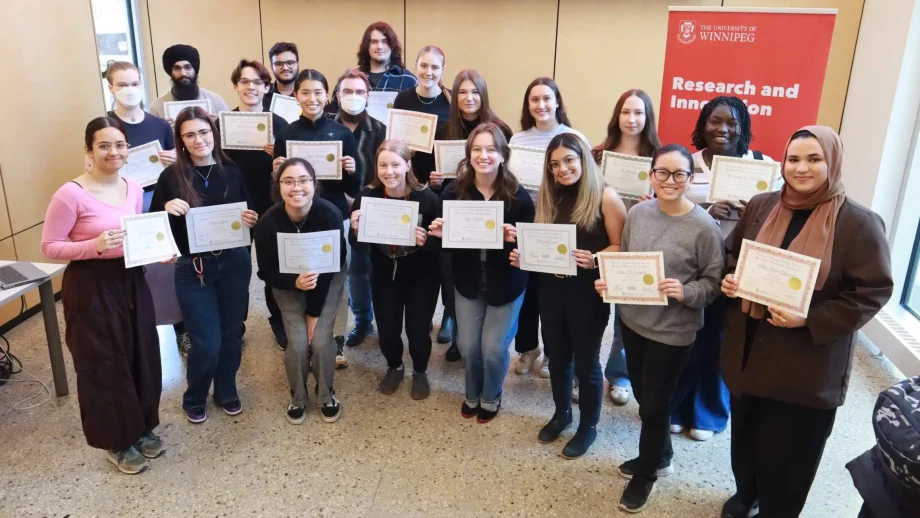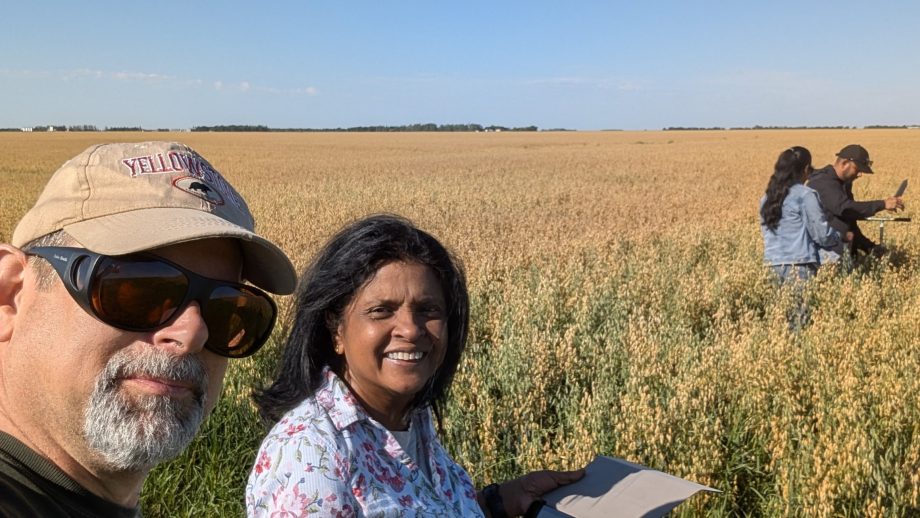
Captured on Oct. 20, during the OSIRIS-REx mission’s Touch-And-Go (TAG) sample collection event, this series of 82 images shows the SamCam imager’s field of view as the NASA spacecraft approaches and touches down on asteroid Bennu’s surface. Photo credit: NASA/Goddard/University of Arizona
NASA’s Origins, Spectral Interpretation, Resource Identification, Security, Regolith Explorer (OSIRIS-REx) spacecraft unfurled its robotic arm this past Tuesday, and in a first for the agency, briefly touched near-Earth asteroid (101955) Bennu to collect dust and pebbles from the surface for delivery to Earth in 2023.
While coincidentally, here on earth, University of Winnipeg’s geographer Dr. Ed Cloutis, internationally renowned for his expertise in earth and planetary remote sensing, is part of this international NASA OSIRIS-REx asteroid sample return mission. His involvement and his team’s findings have resulted in a publication in Science (DellaGiustina).
Cloutis and members of his UWinnipeg team, undergraduate student Alexis Parkinson, and his lab manager Dan Applin, are co-authors in this prestigious publication.
The well-preserved, ancient asteroid, known as Bennu, is currently more than 200 million miles (321 million kilometers) from Earth. Bennu offers scientists a window into the early solar system as it was first taking shape billions of years ago and flinging ingredients that could have helped seed life on Earth.
The UWinnipeg team conducted analysis of the light-reflecting properties of carbon-bearing meteorites which were used to compare to the light reflecting properties of Bennu (the target asteroid for the OSIRIS-REx sample return mission). This information assists the mission in selecting a location on the asteroid from which to gather a sample – the spacecrafy successfully “TAGged” the asteroid on October 20, 2020 (TAG stands for Touch-And-Go: the maneuver used by the spacecraft to try and acquire a sample from the surface of Bennu).
“This mission represents a unique opportunity to acquire a pristine sample of an asteroid so that we can see what kinds of prebiotic organic molecules are present on asteroids,” said Cloutis. “Samples from a carbon-bearing asteroid are important for understanding the origin and evolution of life on the Earth because they have sat in space since the formation of the solar system and are uncontaminated by terrestrial microorganisms, which is not the case for meteorites that fall to Earth.”
Cloutis has over 25 years of expertise in Earth and planetary remote sensing. He is a member of science teams associated with a number of planetary exploration missions, including the NASA-led Dawn asteroid rendezvous mission, the NASA Mars Science Laboratory (Curiosity) rover, the NASA-CSA OSIRIS-REx asteroid sample return mission, and the European Space Agency’s ExoMars Trace Gas Orbiter and ExoMars rover.





